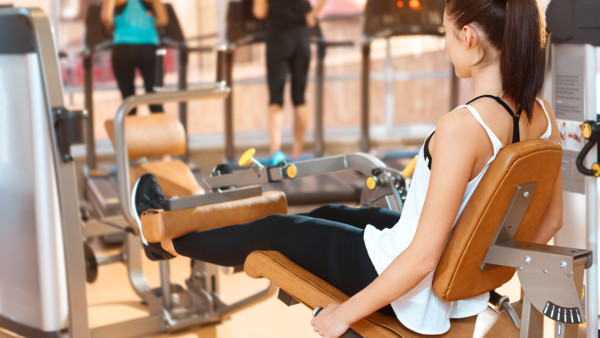Is there a Knee Arthritis Best Exercise? New Study Looks at Many Studies to Answer this Question

Nestor Rizhniak/Shutterstock
There are many opinions on the web and elsewhere about the knee arthritis best exercise. The candidates seem to break down into general categories of exercise for knee arthritis like aerobic exercise, weight training without bearing weight on the knee, and weights with placing weight on the knee. Aerobic exercise would generally be things like running or participating in an exercise class. Weight training or strengthening with weight bearing are things like squats using weights or your body weight. Finally, strengthening without weight bearing usually involves using the machines you see at the gym like the leg extension machine. A Japanese group recently reviewed eight large studies on the knee arthritis best exercise. These included the three main categories discussed above. The winner? For pain relief the best was weights in the gym without weight bearing (like knee extension exercises). How big were the differences? Non-weight bearing exercises were about twice as good as weight bearing strengthening work and this was about twice as good as aerobic exercise. The uphot? If you have knee arthritis pain and want to do something active to help your joints, getting the muscles stronger on machines without bearing weight (like the knee extension machine or the hamstrings machine) looks the best way to help your joint pain based on this study.

If you have questions or comments about this blog post, please email us at [email protected]
NOTE: This blog post provides general information to help the reader better understand regenerative medicine, musculoskeletal health, and related subjects. All content provided in this blog, website, or any linked materials, including text, graphics, images, patient profiles, outcomes, and information, are not intended and should not be considered or used as a substitute for medical advice, diagnosis, or treatment. Please always consult with a professional and certified healthcare provider to discuss if a treatment is right for you.
